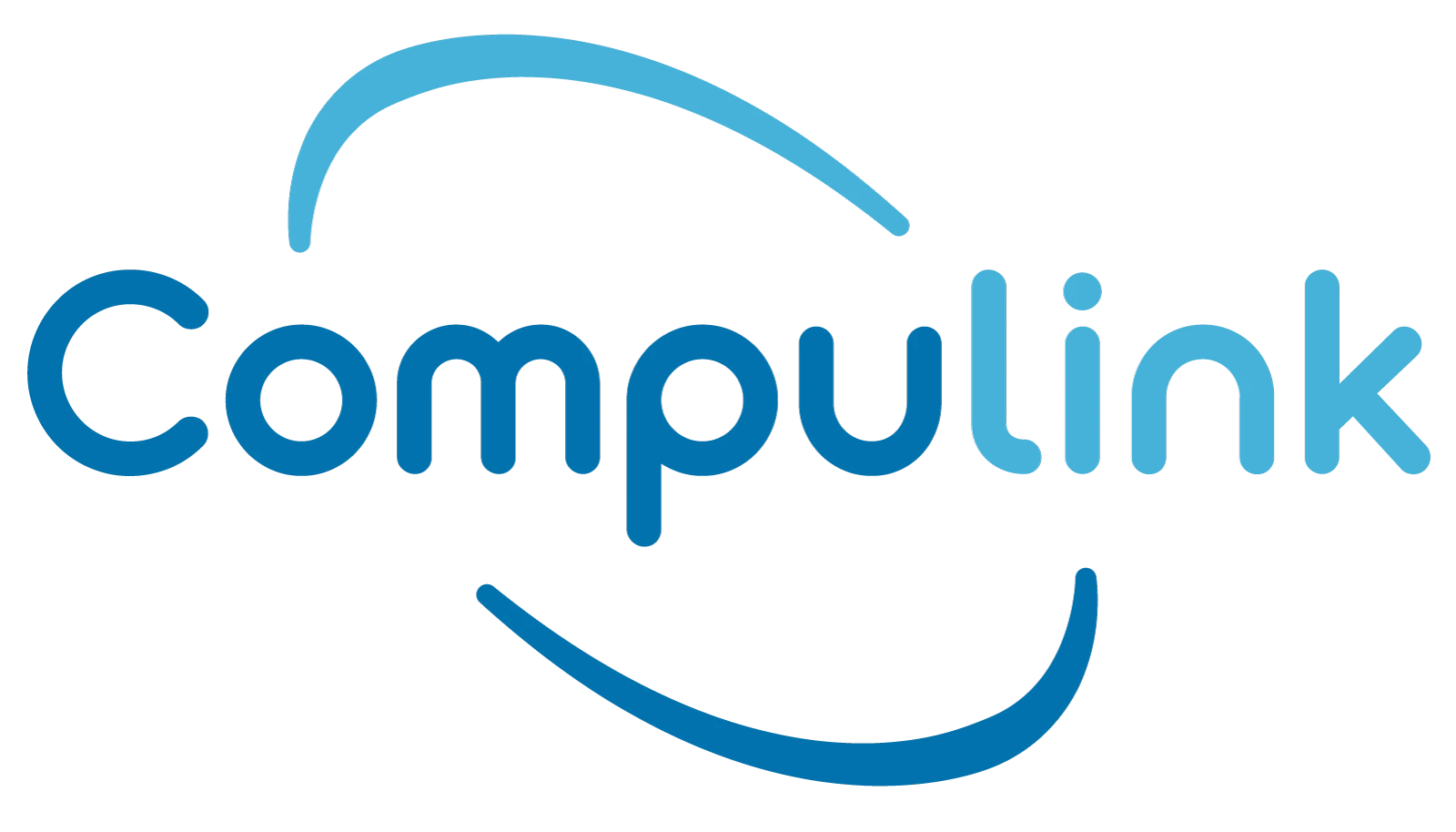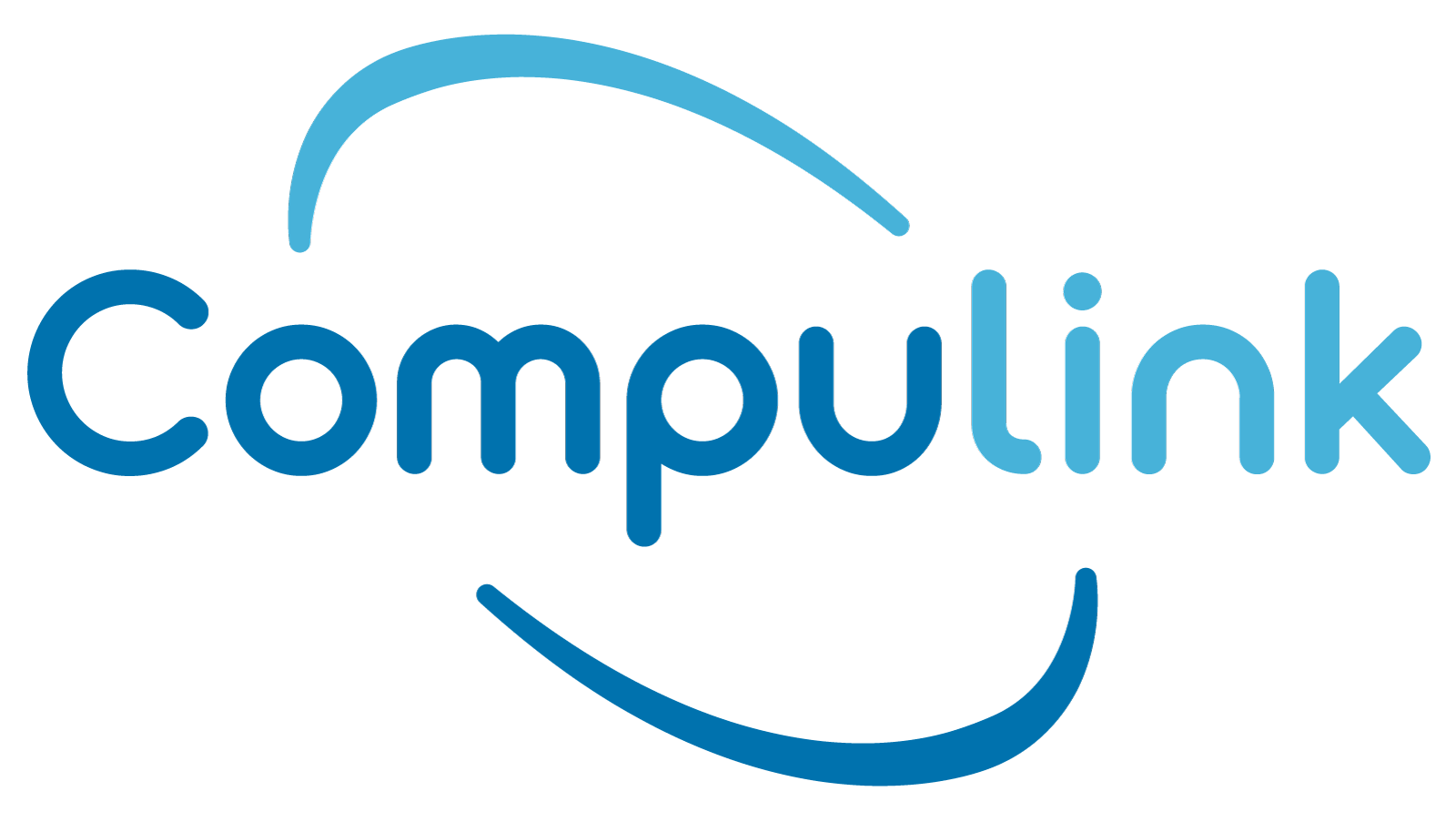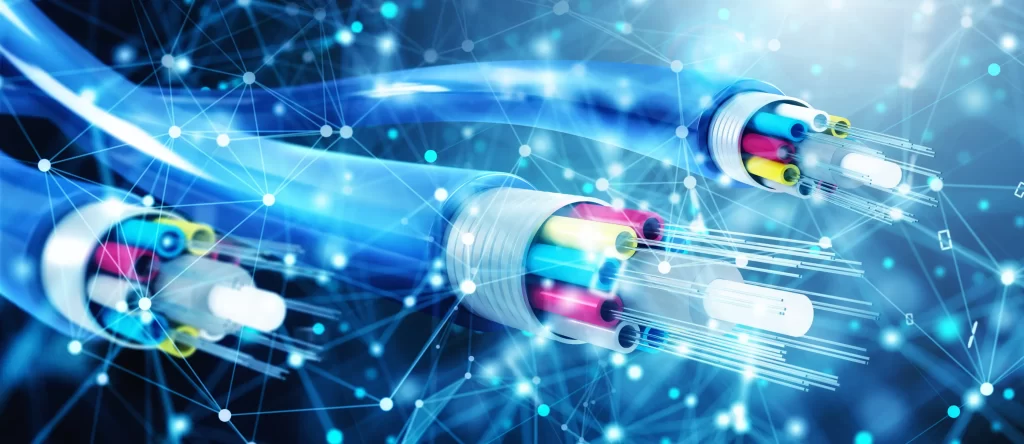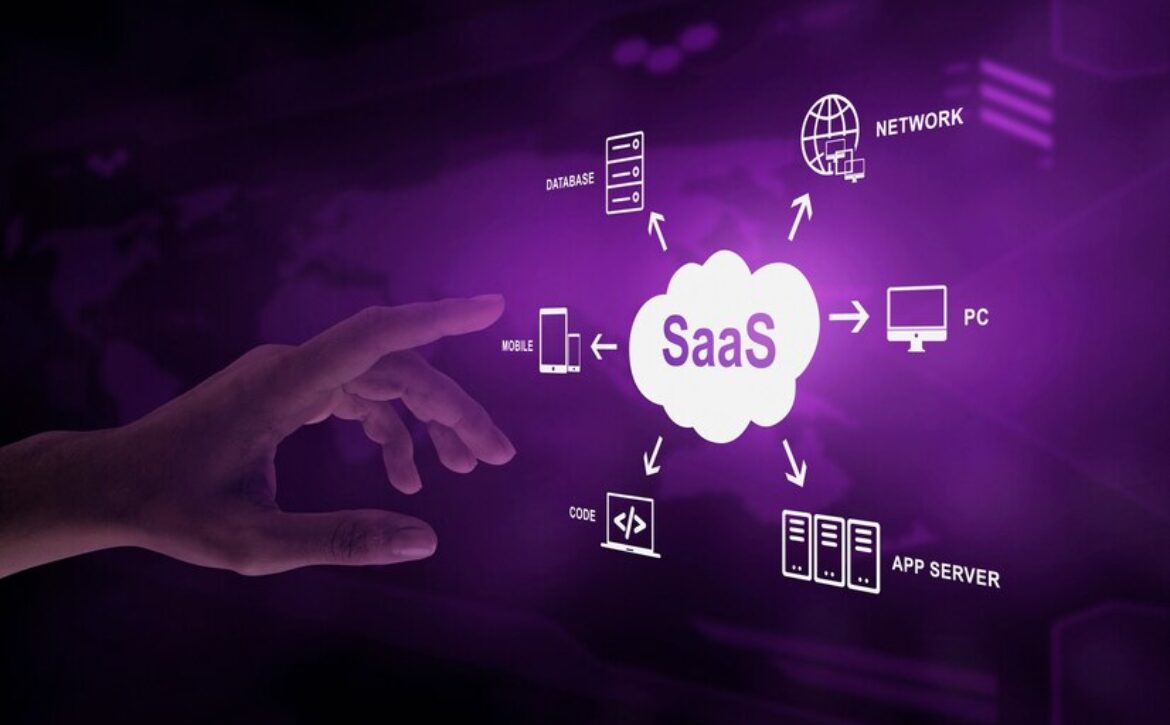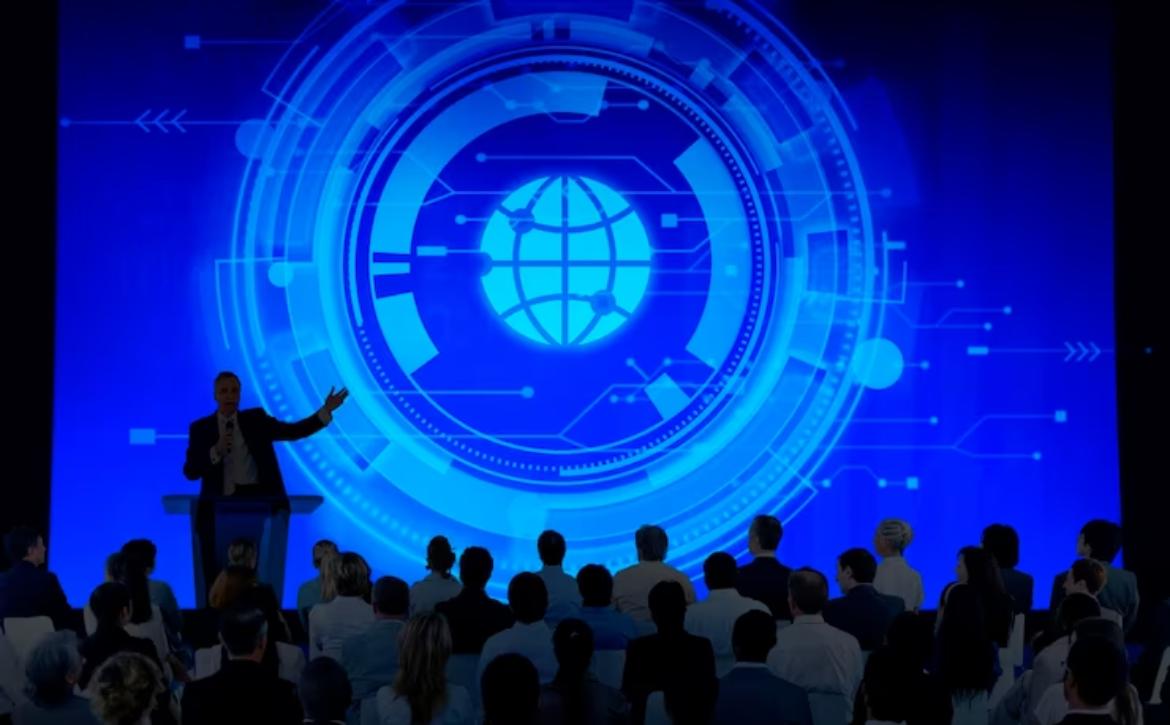Businesses today are rapidly moving towards a digital ecology. This raises the possibility of cyber threats, which, if ignored, pose a major risk to enterprises. To combat these threats, businesses must use cybersecurity services software and solutions to safeguard their networks and data from unwanted access. However, managed security services can offer a practical alternative for companies that lack the knowledge and resources to administer these products. The need for cybersecurity services in New York and their benefits will be discussed in this article.
What Exactly Are Cybersecurity Services?
A wide range of solutions is included in cybersecurity services, designed to shield enterprises from online dangers. Examples of these include managed security services, cybersecurity software, and tools. These services aim to detect and stop illegal access to a company’s network and data. They can also assist firms in taking swift action in a security breach.
What Makes Commercial Entities Require Cybersecurity Services?
Cyber risks are an increasing worry for enterprises of all kinds in today’s digital world. A recent estimate predicts that by 2030, cybercrime will cost the world more than $6 trillion. This emphasizes how crucial cybersecurity services are in defending enterprises from these dangers.
Here are some major justifications for why companies want cybersecurity services:
1. Safeguarding Sensitive Information
Businesses gather and maintain a lot of sensitive data, including information about customers, finances, and proprietary company information. This information might be taken in a cyberattack, which would have severe consequences for the business and its customers. Cybersecurity services may help firms protect this sensitive data by implementing security measures to thwart illegal access.
2. Maintaining Adherence to Regulations
Businesses must abide by the rules and regulations for data security that are relevant to several industries. Fines and legal action may be imposed for breaking these regulations. Businesses may verify they meet these regulatory obligations and avoid trouble using cybersecurity services.
3. Maintaining Reputation
A data breach can damage a business’s reputation and erode client confidence. Customers are becoming more aware of the importance of data security and are keener to do business with organizations that prioritize it. By employing strong security measures and rapidly responding to any security events, cybersecurity services may help organizations defend their brand.
4. Minimizing Downtime
An extended period of downtime brought on by a cyber attack can negatively affect a company’s production and profitability. Cybersecurity services may help businesses save downtime and avoid serious harm by swiftly identifying and responding to threats.
5. Managing Cybersecurity Toolkits
Although organizations need cybersecurity services, managing tools for cybersecurity needed to execute them can be difficult. This is particularly true for small enterprises lacking the tools and knowledge to handle their cybersecurity requirements. Thankfully, managed security services can offer a practical answer. Managed security services entail giving a third-party provider control over a company’s cybersecurity. This service provider will manage all areas of the company’s cybersecurity, from putting security measures in place to handling security problems. Businesses can free up internal resources and concentrate on their core functions.
Software Services for Cyber Security
Many firms use cybersecurity software services in addition to tools for cybersecurity. With the aid of these solutions, organizations have access to specialist cybersecurity tools that can detect and stop security threats. Among the popular categories of cybersecurity software services are:
1. Antivirus Program
Antivirus software aims to identify and eliminate viruses, malware, and other harmful programs from a company’s network. By locating and eliminating any potential hazards, this software can assist businesses in preventing cyberattacks.
2. Firewall Applications
Software called a firewall is made to stop unauthorized users from accessing a network. Businesses can use this software to restrict incoming data from questionable sources and guarantee that only permitted users can access the network.
3. System for Detecting Intrusions
Software for intrusion detection is intended to identify any attempts to obtain unauthorized access to a network. Businesses can use this software to discover potential security problems and take preventative measures.
4. Software for Encrypting Data
Encryption software encrypts the data to prevent unauthorized people from reading sensitive information. This program can be used by businesses to encrypt their data and protect it from hackers.
5. Software for Detecting Vulnerabilities
Software that scans for vulnerabilities in a company’s network and systems is intended to do just that. Businesses can use this software to discover potential security concerns and take steps to reduce them. Using software for cybersecurity services, businesses can acquire specialized software to shield their operations from cyber dangers. These services can assist companies in keeping up with new security developments and ensure their systems’ security.
Solutions for Cyber Security in New York
Cybersecurity services are particularly crucial for firms in New York. New York is home to a wide range of businesses, many of which are in the very vulnerable banking and healthcare industries. To respond to this problem, New York State created several cybersecurity regulations that businesses must follow.
Businesses in New York must implement a range of cybersecurity safeguards, including:
- Performing routine risk evaluations
- putting multi-factor authentication into practice
- Encrypting private information
- providing staff with frequent cybersecurity training
- Limiting access to sensitive data by implementing access restrictions
Businesses may ensure they comply with these rules and are safe from cyber threats by partnering with a cybersecurity services provider in New York. These service providers may aid companies in putting the necessary security measures in place and offer continuing assistance to guarantee that their systems stay secure.
End Note
Cybersecurity solutions are crucial for companies of all sizes in the digital age. These services can aid companies in reducing downtime, adhering to regulations, protecting their data, and managing their reputation. Nevertheless, managing the tools necessary to implement cybersecurity safeguards can be difficult, particularly for small firms. Managed security and cybersecurity software services might offer a practical remedy.
Due to the numerous cybersecurity regulations that firms operating there must adhere to, cybersecurity services are essential for enterprises in this state. Businesses may use these services to safeguard their operations and protect themselves from cyber risks. Businesses must keep in mind that maintaining cybersecurity requires constant effort. Since cyber threats continuously change, businesses must stay current with the newest security techniques and technologies. Businesses may stay ahead of these risks and guarantee the security of their operations by utilizing cybersecurity services. By investing in cybersecurity services, businesses can safeguard their data, keep customers’ trust, and avert expensive security mishaps.
